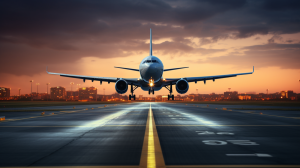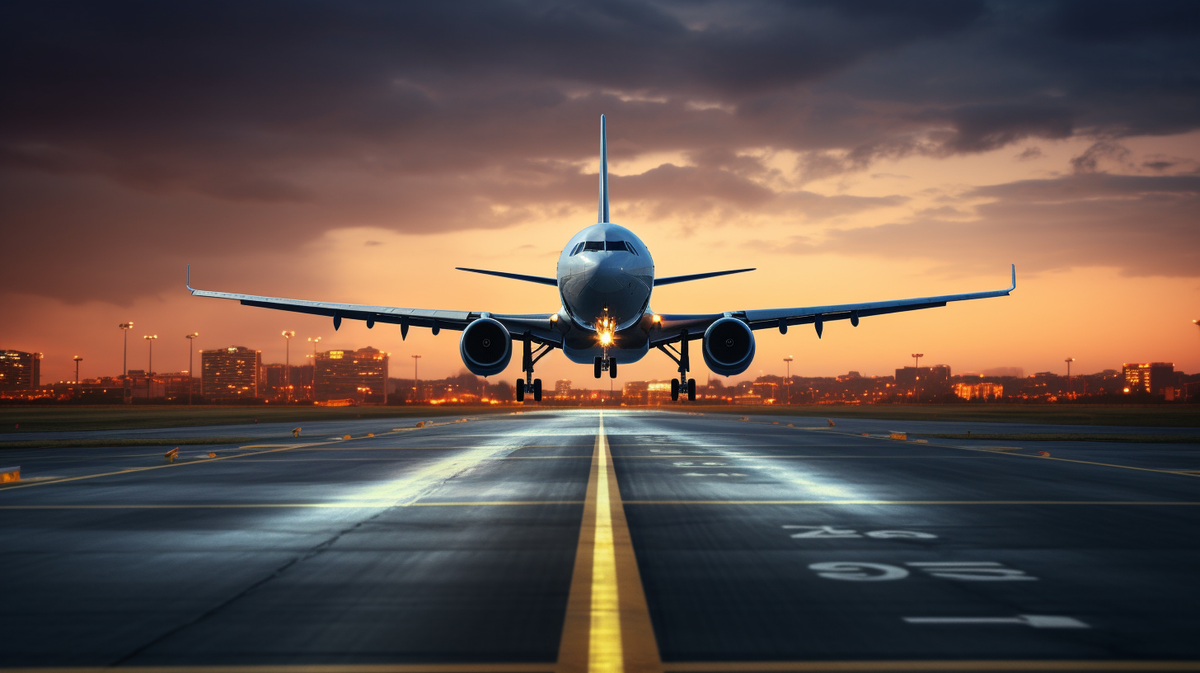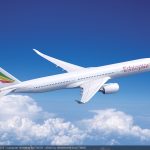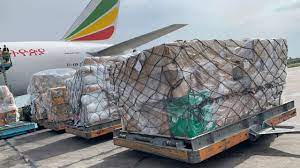
The International Air Transport Association (IATA) has projected that Africa passenger traffic will reach 345 million in 2043, which will more than double the figures in 2023 and traffic on the continent would grow at an average annual rate of 3.7% over the 2023-2043 period.
IATA made this known yesterday at its 81st Annual General Meeting (AGM) taking place in New Delhi, India, as the global body frowned at the cost of doing business in Africa and rigid visa access, which is a disincentive to foreign investment.
IATA stressed that cost of doing business in Africa is among the highest in the world, noting that it is too expensive to do business in Africa and that African airlines face unique cost challenges, particularly high operational costs, which are significantly higher than the global average.
The Association cited examples, which include fuel prices, which is 17% higher than the global average, accounting for 40% of operating costs in Africa, compared to 25% globally (2024 data); taxes, fees and charges: 12-15% higher than in other regions; air navigation charges (ANC): 10% higher; maintenance, insurance, and cost of capital: 6-10% more expensive.
It also noted that Africa currently accounts for 70% of the global blocked funds at $919 million out of $1.28 billion.
In addition to the high cost of doing business, IATA regretted that Africa’s aviation market faces challenges of access restrictions, limited competition and limited capacity and these are caused by policies and actions of government of various states in the continent.
Countries in the continent introduce restrictive bilateral agreements, which limit competition, reduces route availability and keeps fares high. This has constricted most African airlines and made them small operators with limited fleet sizes and route networks, lacking economies of scale that will lower costs and make them become more competitive.
IATA also noted that intra-African markets are relatively thin, with few airlines operating and with limited-service options, leading to higher fares.
It revealed that only 19% of intra-African routes have direct flights, forcing passengers to take longer, costlier journeys and to make the matter worse, IATA observed that there is slow implementation of African Union’s Yamoussoukro Decision (YD) and the Single African Air Transport Market (SAATM) which ought to liberalise and open the markets in the continent.
On visa access and openness, IATA stated that there is an indication that visa policy among African states has improved but more can be done to improve connectivity and ease of travel, noting that in 2024, four African countries – Benin, The Gambia, Rwanda, and Seychelles adopted a policy, which offered visa-free entry to all African nationals.
“This policy underscores their commitment to enhancing intra-African mobility and integration. In 2024, 28% of country-to-country travel scenarios within Africa allow African citizens to travel without a visa. This marks a significant improvement from 20% in 2016, reflecting progress in facilitating easier movement across the continent.
“By 2024, 26 African countries – representing 44% of the continent – have implemented e-visa systems accessible to African travelers. This is a substantial increase from just nine countries (17%) in 2016, indicating a positive trend toward digitalizing visa processes and improving accessibility.
“These developments highlight ongoing efforts to promote greater freedom of movement within Africa, which is essential for boosting trade, tourism, and regional integration,” the Association said.
IATA therefore recommended four priorities for Africa which states under the continent will have to adopt to boost air travel and also their economy, urging African states to recognize aviation as a vital enabler of economic growth, regional integration, and social development.
“Ethiopia and Rwanda have made aviation a pillar of their economic development strategies. Investments in RwandAir and Kigali’s airport and Ethiopian Airlines and Addis Ababa Bole International Airport have helped to turn the countries into a regional hub and boosted tourism, trade, and investment. When governments see aviation as a strategic enabler, the results go far beyond the runway,” IATA said.
The global body also urged Africa to avoid using aviation as a revenue source through excessive taxes and charges, describing the industry as a catalyst for trade, tourism, and jobs – not a cash cow; observing that inn some African countries, passengers pay more in taxes and fees than the base airfare itself. A $100 ticket can carry $60–$70 in charges – pricing out travelers and hurting demand.
IATA urged African states to invest in efficient, scalable infrastructure that supports growth – without passing unsustainable costs to airlines and travelers.
“In Senegal, the new Blaise Diagne International Airport was built using a cost-efficient PPP model. It’s modern, well-connected, and didn’t overburden airlines with sky-high user fees,” IATA noted.
The Association also urged African states to implement policies that facilitate access and cooperation, allowing more airlines to serve more routes and better connect communities.
‘Under the African Continental Free Trade Area (AfCFTA), countries are beginning to align policies that could reduce barriers to air access. Yet only a handful have fully embraced the Single African Air Transport Market (SAATM),” IATA observed.
However, IATA has also disclosed that passenger demand in Africa has risen to 9 per cent compared to one year ago, which is higher than global average, indicating that more people now travel by air in the continent.
It stated that in terms of accident, fatality risk remained at zero for the second year in a row.
In the area of safety, IATA said that the global accident rate in 2024 was 1.13 per million sectors, up from 1.09 in 2023, which means just over one accident for every million flights.
The Association explained that while the accident rate is still below the 5-year average of 1.25, the slight uptick is a reminder that safety progress is not guaranteed – and must be actively defended.
“Importantly, IATA members continue to outperform the global average with a rate of 0.90, reflecting the value of global standards, data sharing, and collective action.
“For Africa, there were 10 accidents in 2024, with the most common accident types being runway excursions, followed by those related to landing gear. Forty percent of all accidents involving AFI-based operators, were on turboprop aircraft.
“Through the IATA Focus Africa initiative, the Collaborative Aviation Safety Improvement Program (CASIP) continues to mobilize resources to address key safety challenges. Fatality Risk Rate per Region of Operator: Africa: the fatality risk remained at zero for the second year in a row,” IATA stated.






